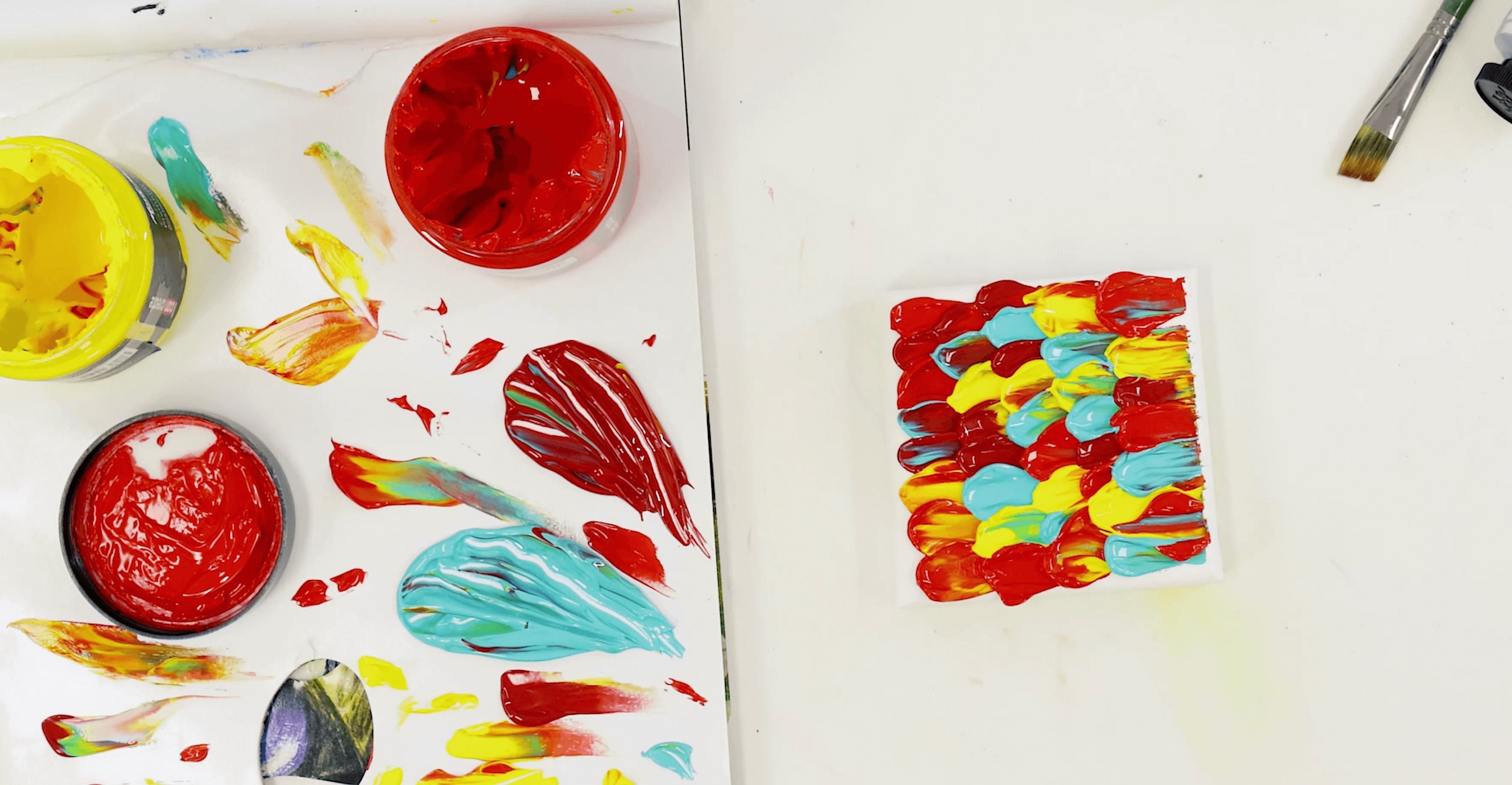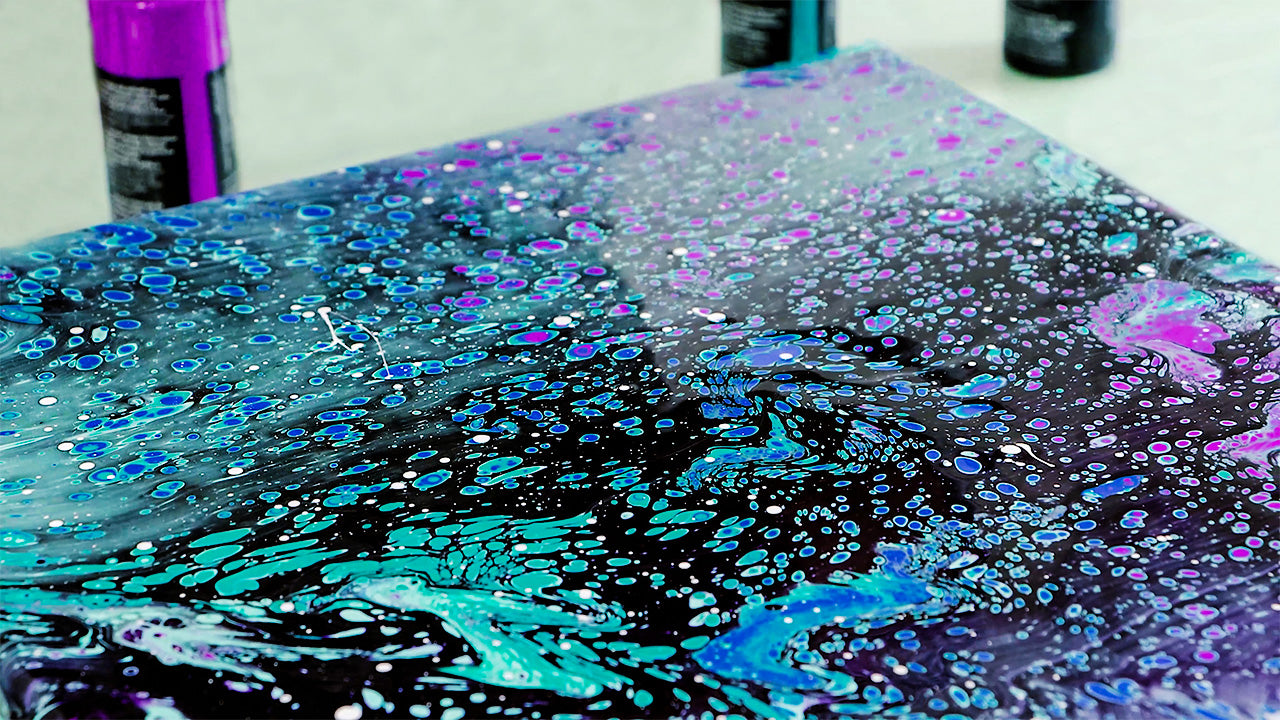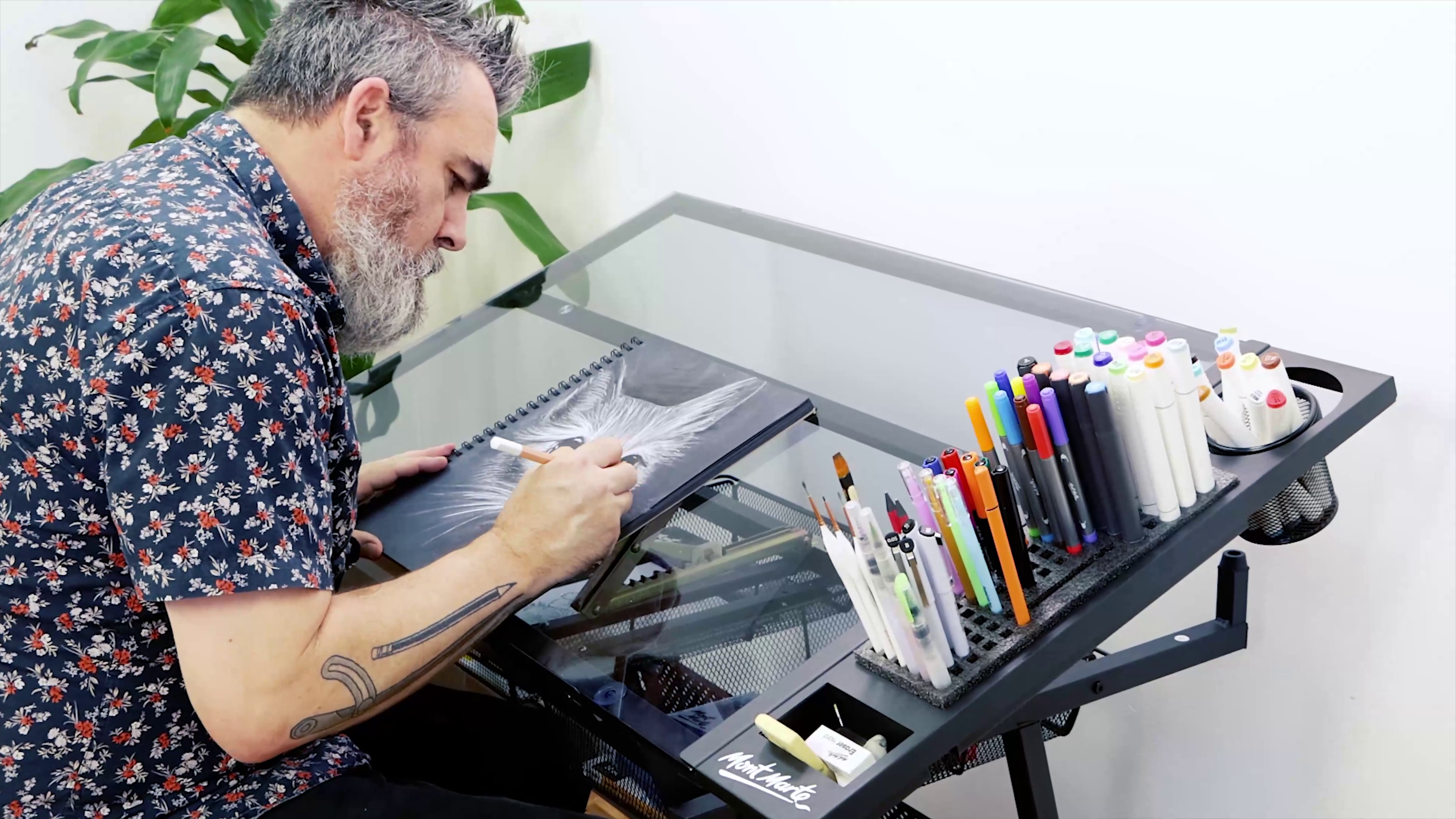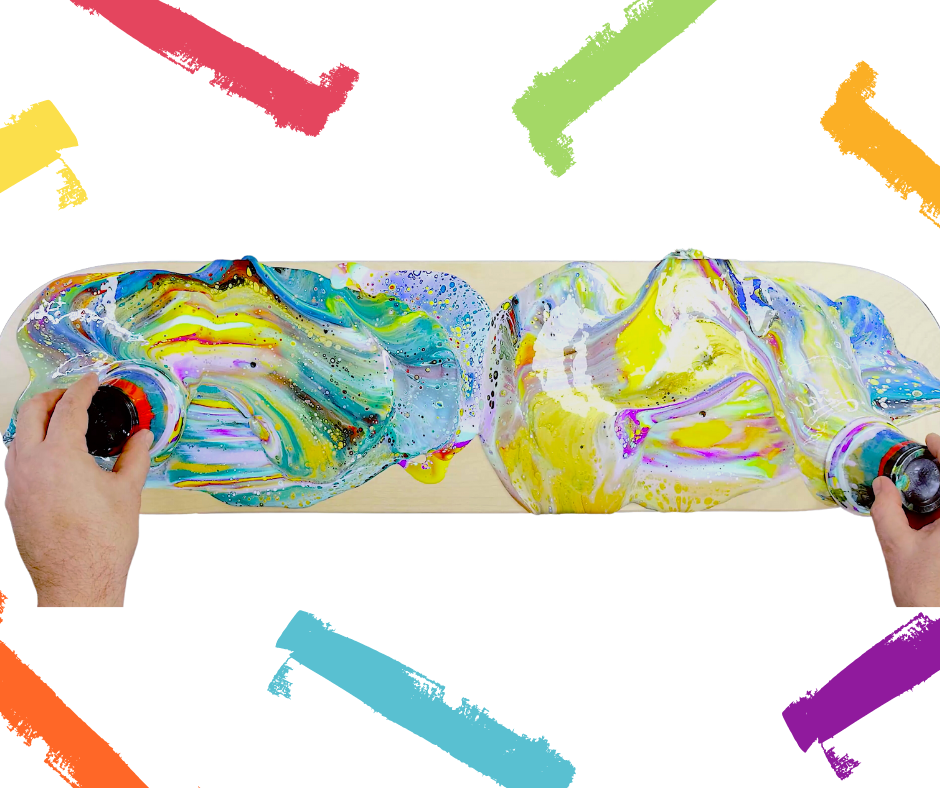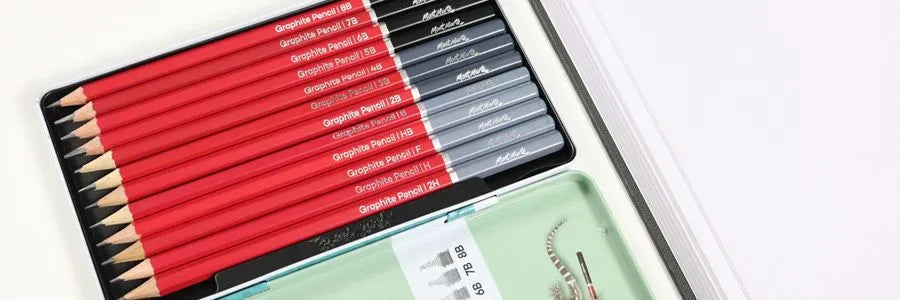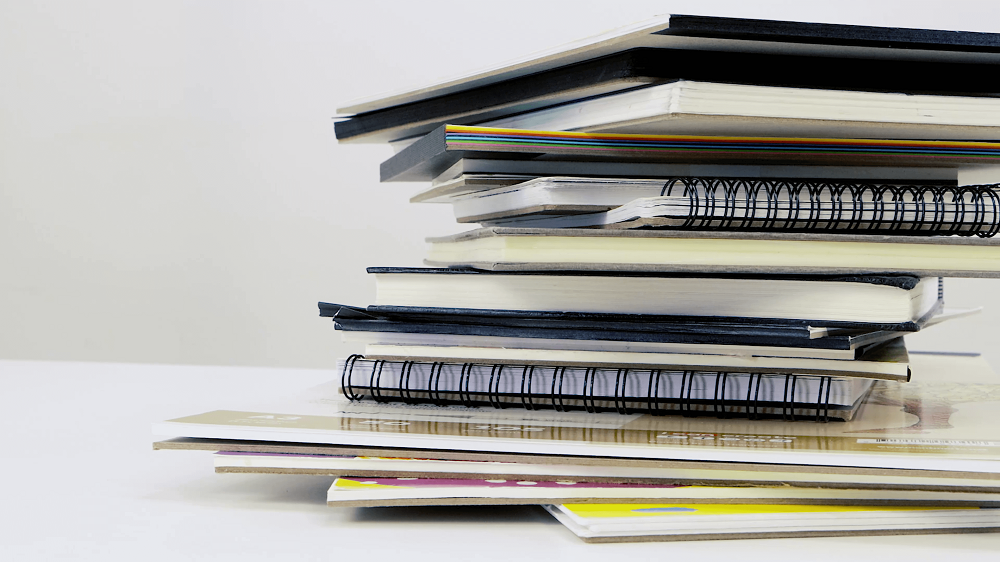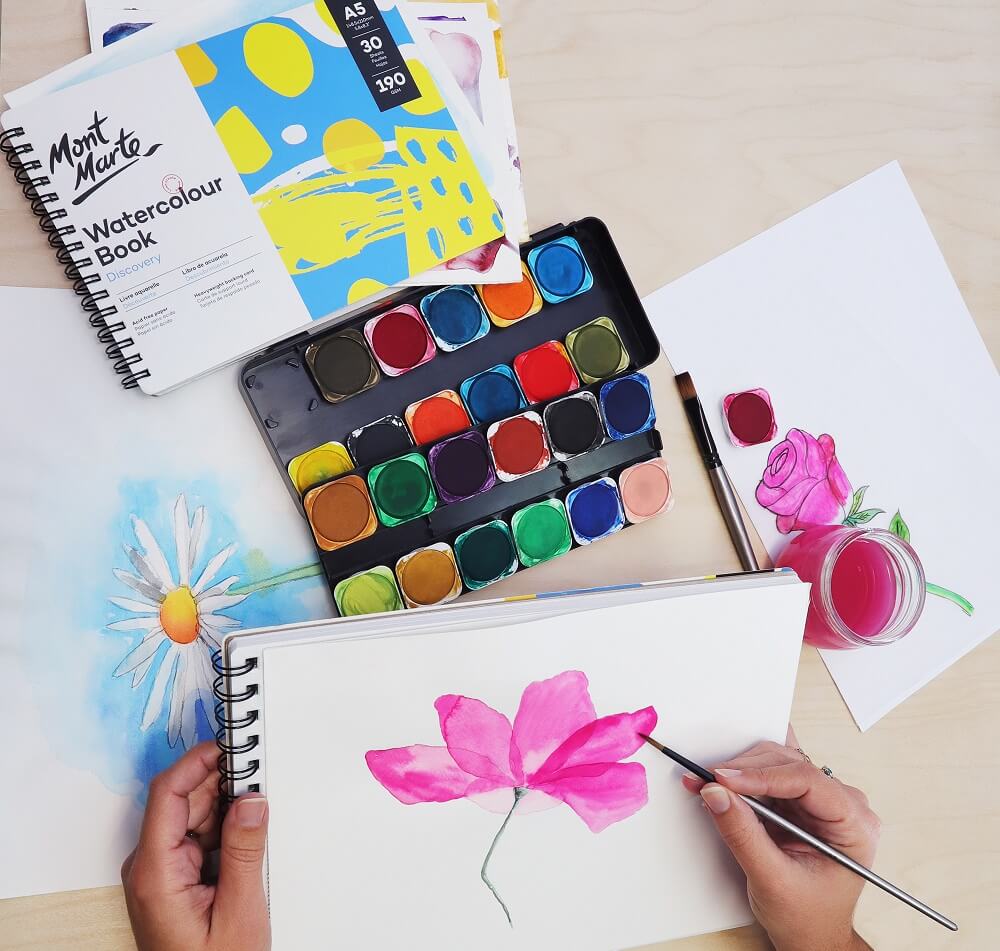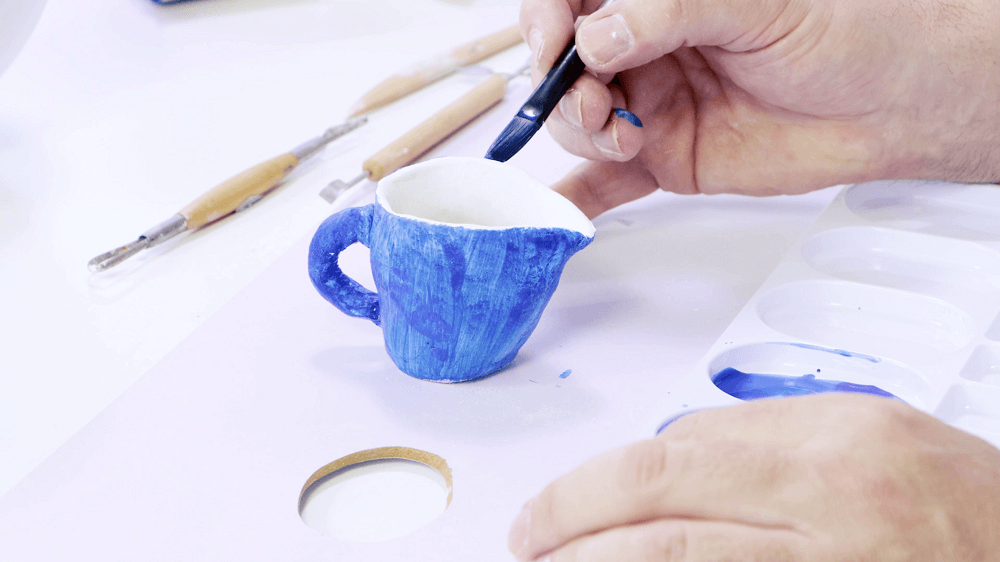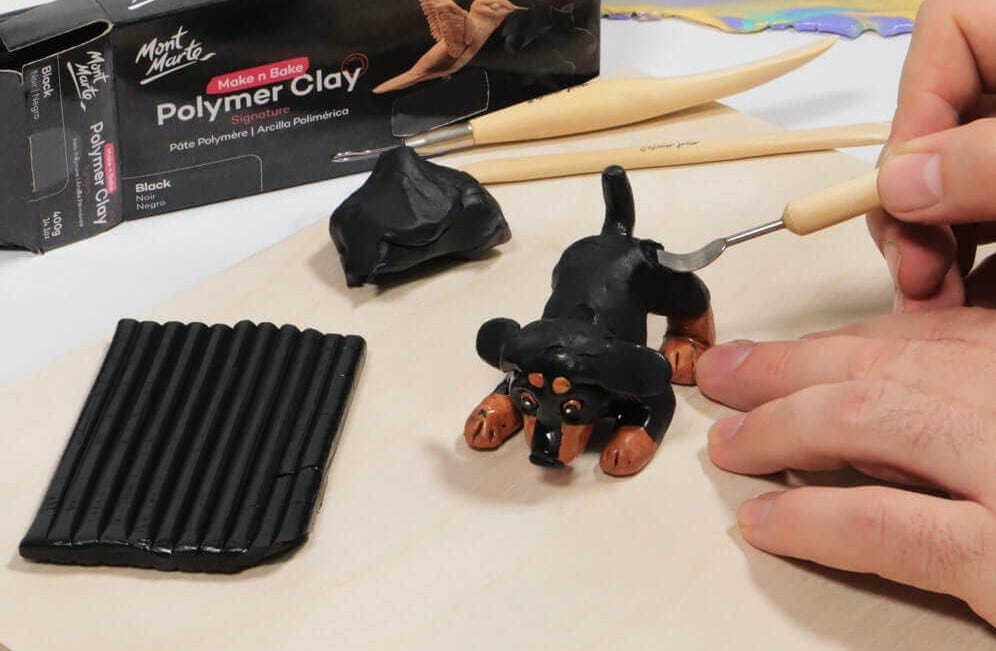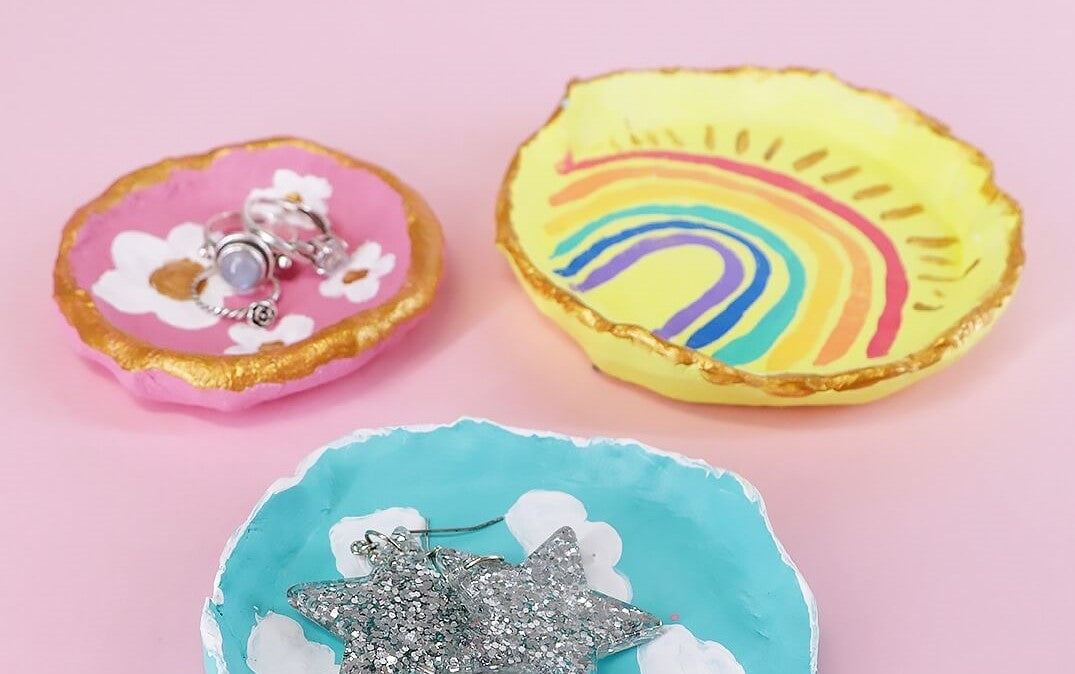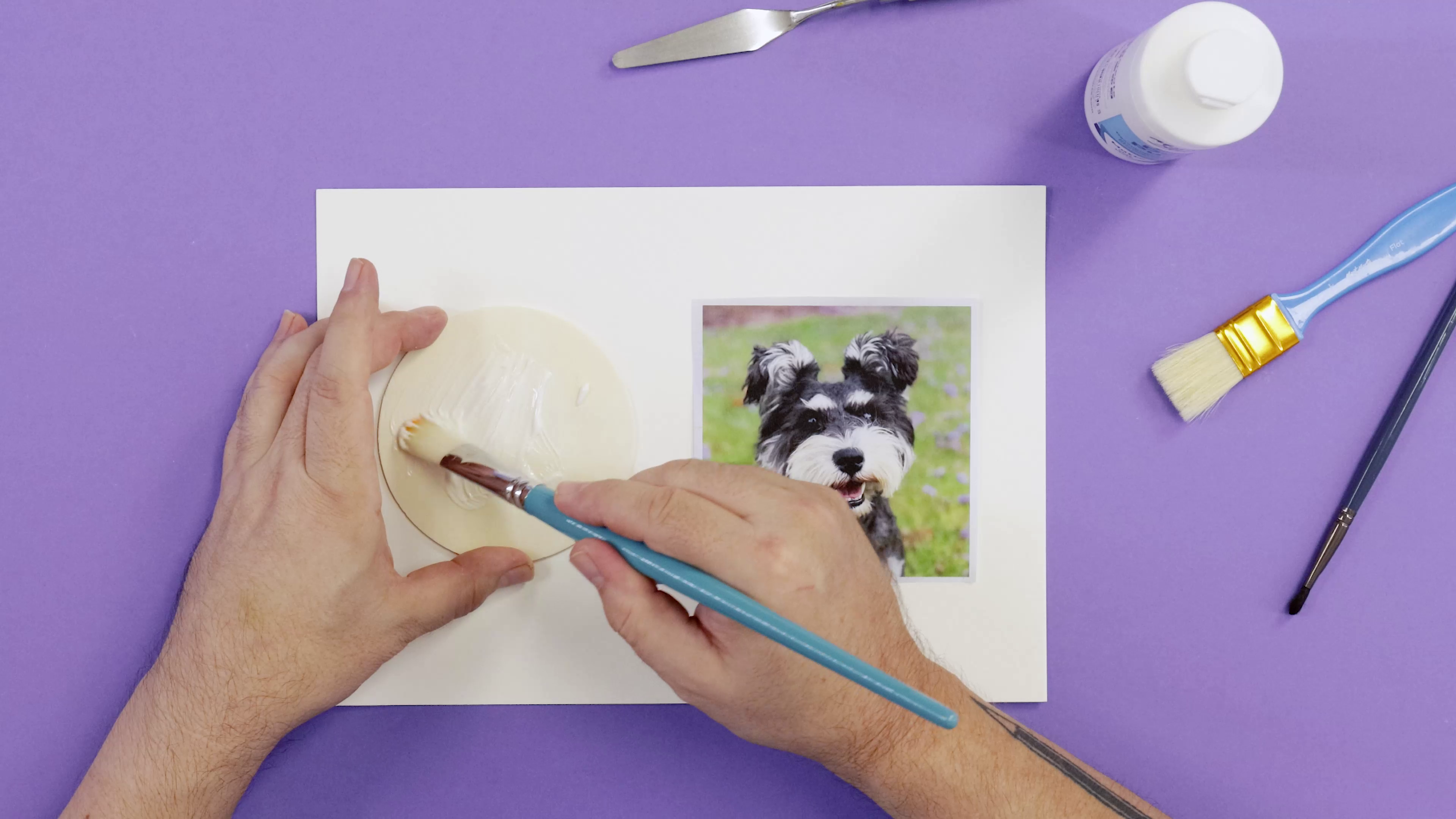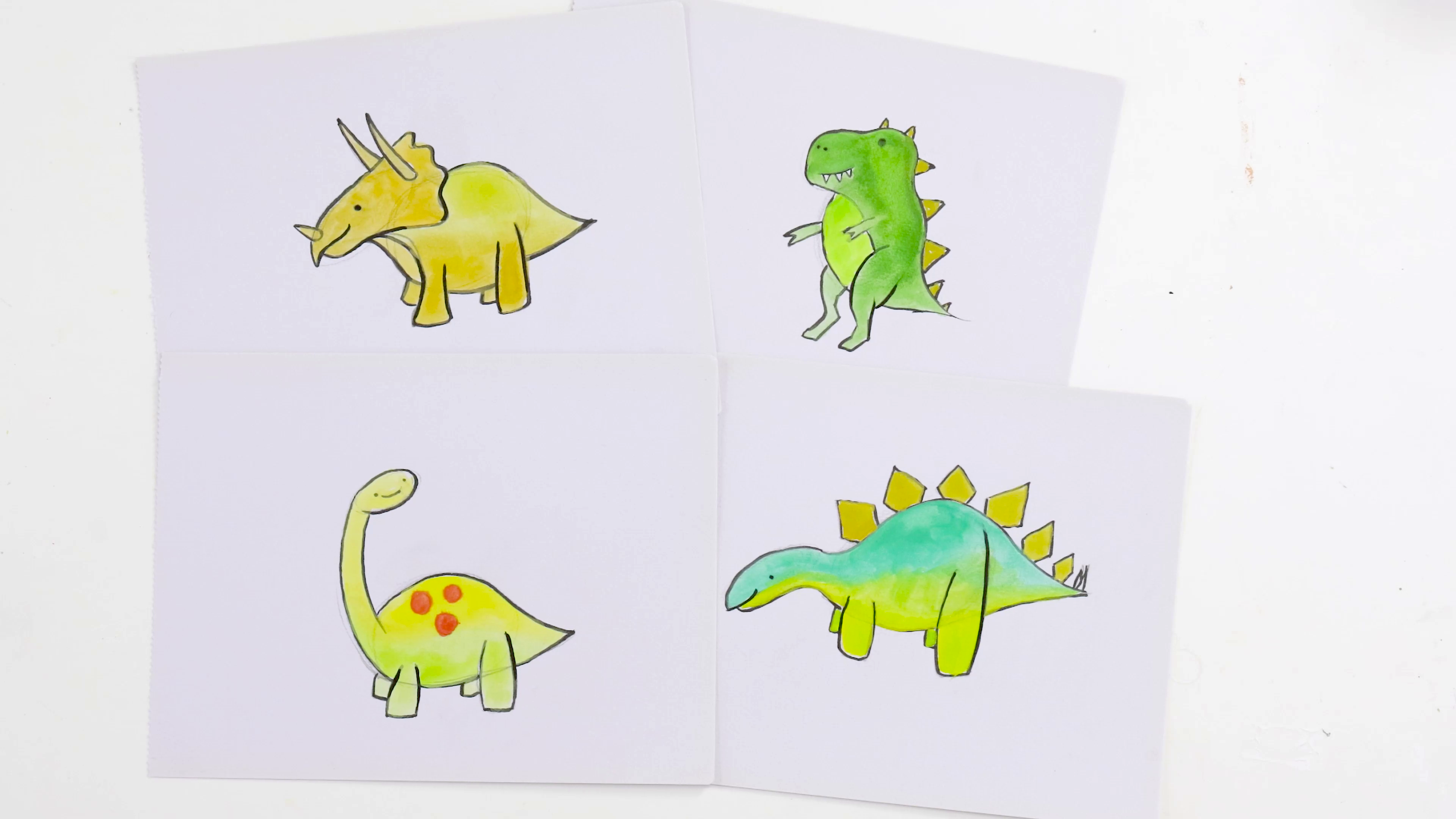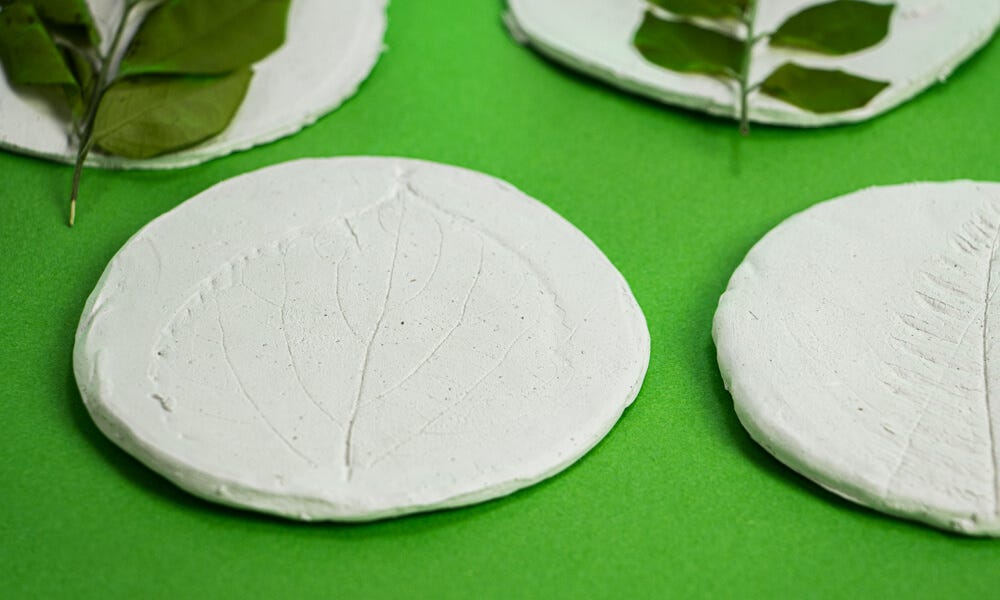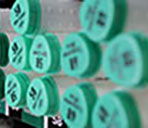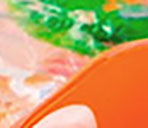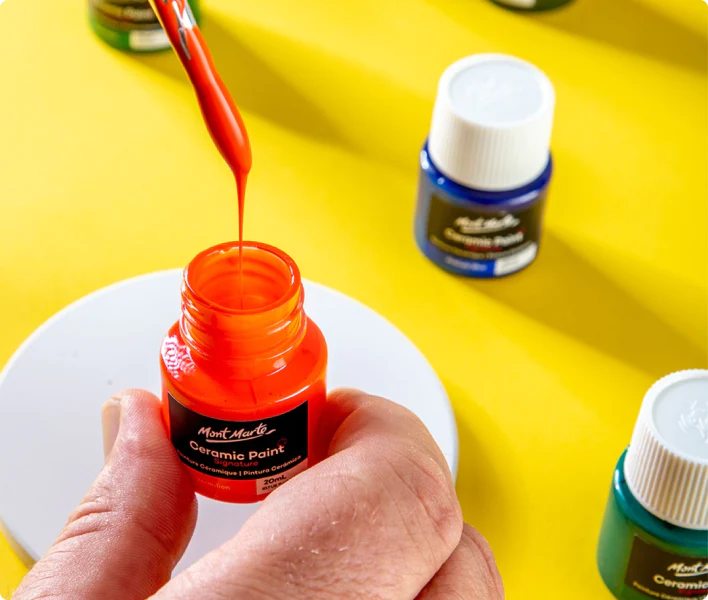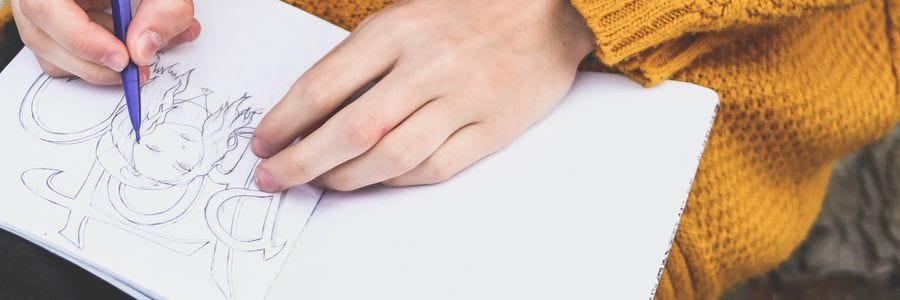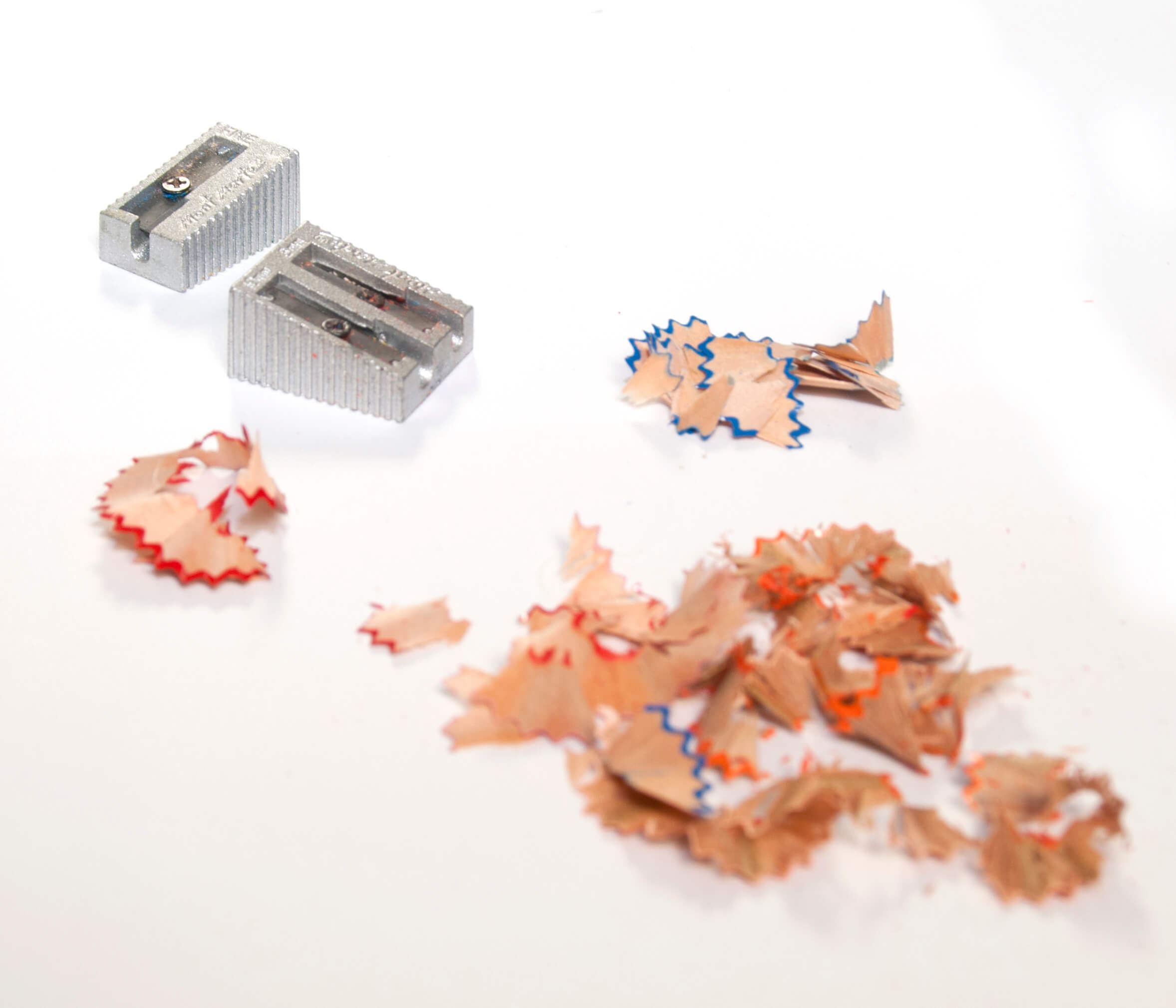Have you ever looked at those little numbers and letters on your pencils and wondered what they mean? Well, we’re here to demystify it for you, and we think you’ll get the hang of it in no time after reading this post.
What are pencil grades?
Pencil grades tell you how light/hard and dark/soft a graphite pencil is. You might have noticed that graphite pencils have a H or B grade. The H stands for hard and the B stands for blackness. H pencils are harder and produce lighter lines because they contain more filler and less graphite. Pencils that fall into the B grade, on the other hand, make a darker mark because they're softer and don't contain as much filler.
Pencil grade order
Pencils are graded in the following order: 9H, 8H, 7H, 6H, 5H, 4H, 3H, 2H, H, F, HB, B, 2B, 3B, 4B, 5B, 6B, 7B, 8B, 9B, 9xxB. Standard drawing sets usually run from 2H through to 6B because these grades allow you to achieve most of the techniques you’ll need for your drawings. You may have also seen an EE grade pencil around. These are 50% graphite and 50% charcoal which means they create a black mark with a more matte finish than graphite pencils. 
What is an F pencil grade?
The F pencil grade means Fine. This pencil is hard which means that it maintains a fine point.
What makes a pencil grade harder or softer?
The core of a graphite pencil is a mix of graphite and clay filler. H pencils contain more clay filler and are highly compacted which means they create a lighter mark and are harder. The higher the number before the H, the harder and lighter it will be. B pencils have less clay filler and the core isn’t as compacted which makes them darker and softer. The higher the number before the B, the softer and darker it will be.

How to use different pencils
You can use any pencils to draw, but below is a quick guide on how you might use different pencil grades. We also recommend experimenting and playing around with the different grades in your set to see what works for you!
9H-5H: Great for making sketches for watercolour paintings because they’re light and don’t show through the paint as obviously. Watersoluble graphites also work well for this purpose because they dissolve in water.
4H-2H: These create a very light mark and are ideal for technical drawing, outlines, light sketches and guide lines.
H, F, HB and B: A popular go-to for simple sketches and writing. HB is often used as a multi-purpose pencil because it’s clear enough to write and draw but has minimal smudging.
B grades: The softer texture and darker marks make these pencils ideal for shading and tonal modelling. The higher B pencils are also great for blending and smudging.
EE: As we mentioned earlier, EE pencils create a very dark mark with a more matte finish than graphite pencils because they’re a mix of graphite and charcoal. This makes them ideal for very dark shading and tonal modelling.

Choosing your pencils
We’ve talked about a wide range of pencil grades, but you don’t need to go out and buy every single one. A lot of graphite pencil sets come with a nice selection of essential grades that will allow you to sketch, create technical drawings, shade and achieve tonal modelling. It’s also great to have a selection of pencils at your fingertips because it allows you to experiment and find out what you like. Everyone’s drawing style is different, so what works for someone else might not work for you.
We hope this article has cleared up pencil grades for you so that you can create with confidence! If you need some inspiration, head over to our drawing ideas article and get that creativity flowing. Or shop our drawing pencils here.


